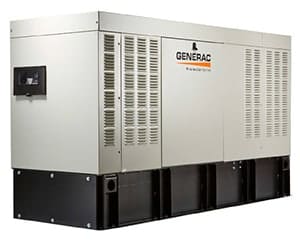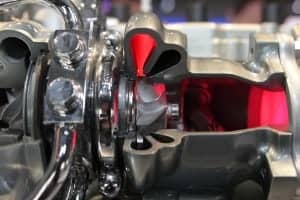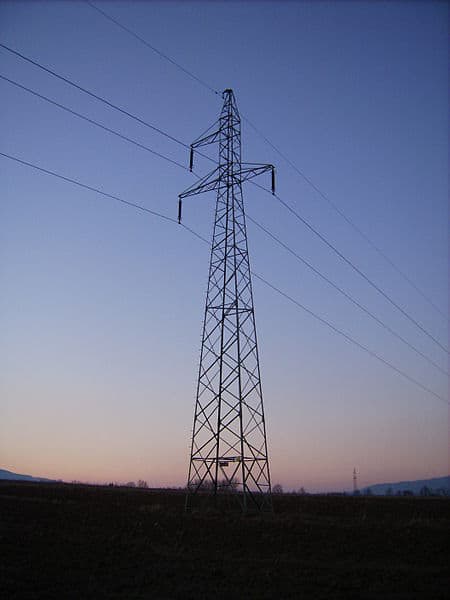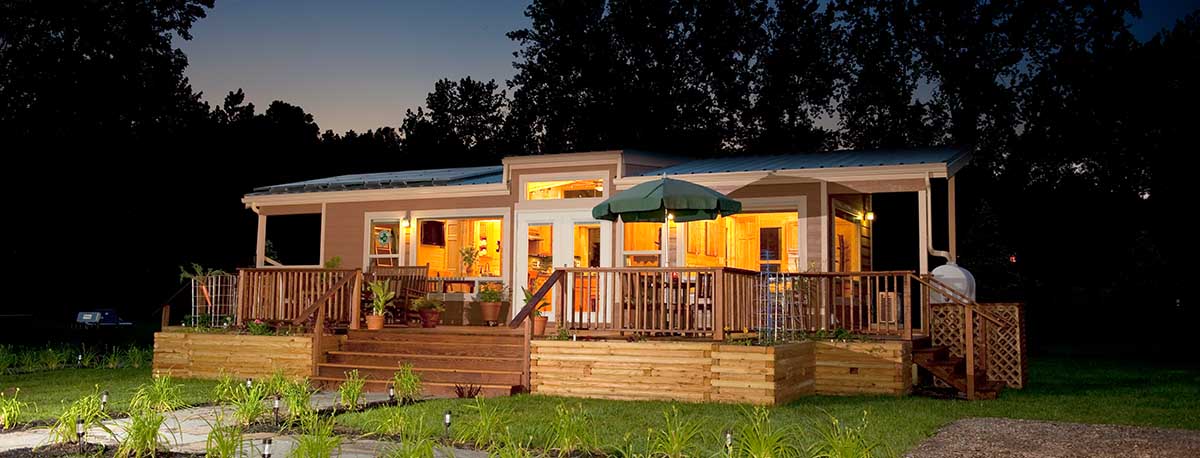 As fuel efficiency and air quality standards take center stage in nearly every engine design, manufacturers look to increase efficiency and reduce emissions.
As fuel efficiency and air quality standards take center stage in nearly every engine design, manufacturers look to increase efficiency and reduce emissions.
Since it’s development, internal combustion engine designers have looked for ways to improve performance and boost power. Early designs in the 1800s were based on inventions dating to the third and fifth centuries when the Roman empire used a crank and connecting rod mechanism to drive their sawmills. These same principles were used in the steam engine and later in the internal combustion engine.
The turbocharger, with its roots in a late 19th century invention, is a good way to improve efficiency and power in generators.
Essential Engine Principles
Most generator engines operate in a cycle that takes four piston strokes—two up and two down.
During the Intake stroke, the piston moves down the cylinder and creates a partial vacuum. The intake valve opens and the vacuum draws in a mixture of vaporized fuel and air. Near the bottom the intake stroke, the valve closes.
The Compression stroke occurs as the piston moves up the cylinder and compresses the fuel-air mixture at the top of the cylinder.
The Power stroke begins just as the piston nears the the top of the cylinder. The fuel and air are highly compressed at this point. The fuel is ignited and the contained explosion is timed to reach maximum force as the piston begins it’s final, downward stroke. The explosive force of the expanding gases drives the piston down.
With their energy spent, the burnt gases are pushed out of the cylinder through the exhaust valve as the piston returns to the top of the cylinder in the Exhaust stroke.
As the piston reaches the top of the cylinder, the exhaust valve closes and the piston begins the next cycle of four strokes.
The piston is attached to a crankshaft that converts the up and down motion of the piston into rotational motion. This motion is useful for turning machinery such as portable and standby generators or moving your car down the road.
Natural Aspiration
During the intake stroke, the vacuum created by the withdrawing piston draws air into the cylinder. Engines with a carburetor atomize fuel and add it to the air that is drawn into the intake manifold, which delivers it to the cylinders. Fuel injected engines vaporize the fuel and inject into the manifold. Direct injection takes it one step further and injects the fuel directly into the cylinder.
Regardless of how the fuel is mixed with the air, the cylinder still relies on atmospheric pressure to push air into the cylinder. Changes in altitude, and therefore air pressure, can greatly affect how much air the engine has to operate.
This is why as altitude increases, the power produced by an engine decreases. Most generator manufacturers specify power trade offs at higher altitudes.
The fuel-air mixture is a careful balance. Add too much fuel (too rich) and it won’t all burn because it doesn’t have enough oxygen for every molecule of fuel. The result is the exhaust of fuel that hasn’t burned. Add too little fuel (too lean) and the engine uses more of its stored energy to complete the four strokes.
Turbocharging

A cutaway view shows the exhaust driven turbine. Note the teardrop-shaped nozzles that direct the stream of hot exhaust to spin the turbine. Click for larger image. (photo by Dmitry Ko)
One way to increase power during the power stroke is to burn more fuel. Simply adding fuel isn’t enough because the amount of air must increase also, which is limited by the atmospheric pressure. Increasing the air pressure forces more into the cylinder which allows an increase in the fuel added to the mixture.
A turbocharger operates on the high-pressure exhaust exiting the engine. The exhaust is still expanding and has considerable energy in the form of heat and velocity. The turbocharger uses that energy—which is otherwise wasted—thereby increasing the efficiency of the engine and increasing power at the same time.
It works like this. As exhaust exits the cylinders into the exhaust manifold, the stream of hot exhaust spins a turbine. The turbine connects to a second turbine that spins in the air intake and compresses the air before it enters the cylinders. The turbocharger harvest energy that would otherwise be wasted.
After Coolers are an essential consideration for engines fitted with turbo chargers. The process of compressing the air heats it, making it less dense and reducing the efficiency of the turbocharged engine. An after cooler removes the heat and makes the air more dense, improving efficiency.
Turbocharged engines are ideal for use in generators because they are efficient and borrow very little energy from the turning engine, unlike a supercharger. Generator engines turn at a fixed speed which means there is no power lag as the turbocharger spins up.














